Library
-
Metoclopramide is given by mouth or injection and is used off-label to treat gastrointestinal motility disorders, nausea, and vomiting in dogs, cats, and other animals. Give as directed. Side effects are uncommon but may include restlessness, hyperactivity, muscle twitches, drowsiness, and increased urination. Do not use in pets with intestinal blockage or bleeding, pseudopregnancy, pheochromocytoma, or a history of seizures or head trauma. If a negative reaction occurs, contact your veterinarian.
-
Metoprolol is a beta-blocker used to treat certain heart rhythm problems and hypertension (high blood pressure) in cats and dogs. It has also been used in the treatment of hypertrophic cardiomyopathy (HCM) in cats. It is used off label (extra label) in veterinary medicine.
-
Metronidazole is given by mouth or injection and is used off-label to treat certain anaerobic bacterial and protozoal infections and gastrointestinal conditions in dogs, cats, and other animals. Give as directed. Side effects may include nausea, vomiting, diarrhea, regurgitation, decreased appetite, tiredness, and drooling. Do not use in pets that are allergic to it, are debilitated, or are pregnant or nursing. If a negative reaction occurs, contact your veterinarian.
-
Miconazole + chlorhexidine + tris-EDTA topical (brand name MiconaHex+Triz®) is an antifungal and antimicrobial cleansing agent used in the treatment of surface skin infections and to enhance the effectiveness of other topical antibiotics in cats and dogs. It comes in spray, mousse, shampoo, and wipe forms.
-
Miconazole otic is an antifungal used in the treatment of external ear infections (otitis externa) caused by fungal organisms in cats, dogs, and other animals. It may be specially compounded and/or combined into a formulation with other medications. Miconazole otic comes in ointment or liquid drop suspension forms that may be specially compounded.
-
Miconazole topical is an antifungal used in the treatment of skin infections caused by yeast in cats and dogs. It may be used “off-label” or “extra label” for other conditions and in other animals. It may be specially compounded and/or combined into a formulation with other medications. Miconazole topical comes in a variety of forms.
-
Testing for microalbuminuria has some use in detecting early kidney disease but can also be an indicator of multiple other diseases. A positive test gives your veterinarian suspicion to carry out further testing; however, it can have false positives if not used properly. It is a simple test that can give you a jump on treating a condition to help your cat live a happier life for longer.
-
Microchips contain a unique identification number, and they are inserted with a needle under the skin between a pet's shoulder blades. The number is registered to your name, so if your cat gets lost, the number connects your cat to you. Microchips provide reliable, permanent identification for your pet.
-
Midazolam is a benzodiazepine used for its sedative, anti-anxiety, and muscle relaxant properties. It is primarily used as a sedative before surgery and to stop seizures. It is used “off label” or “extra label” in animals. This medication is a controlled substance primarily given via injection by your veterinary team, though it may be prescribed to your pet for intranasal or intrarectal administration at home.
-
Milbemycin otic (brand name MilbeMite® Otic solution) is an antiparasitic used in the treatment of ear mite infestations in cats and kittens four weeks of age or older. Milbemycin otic comes in liquid drop form (in pre-measured ampules).

